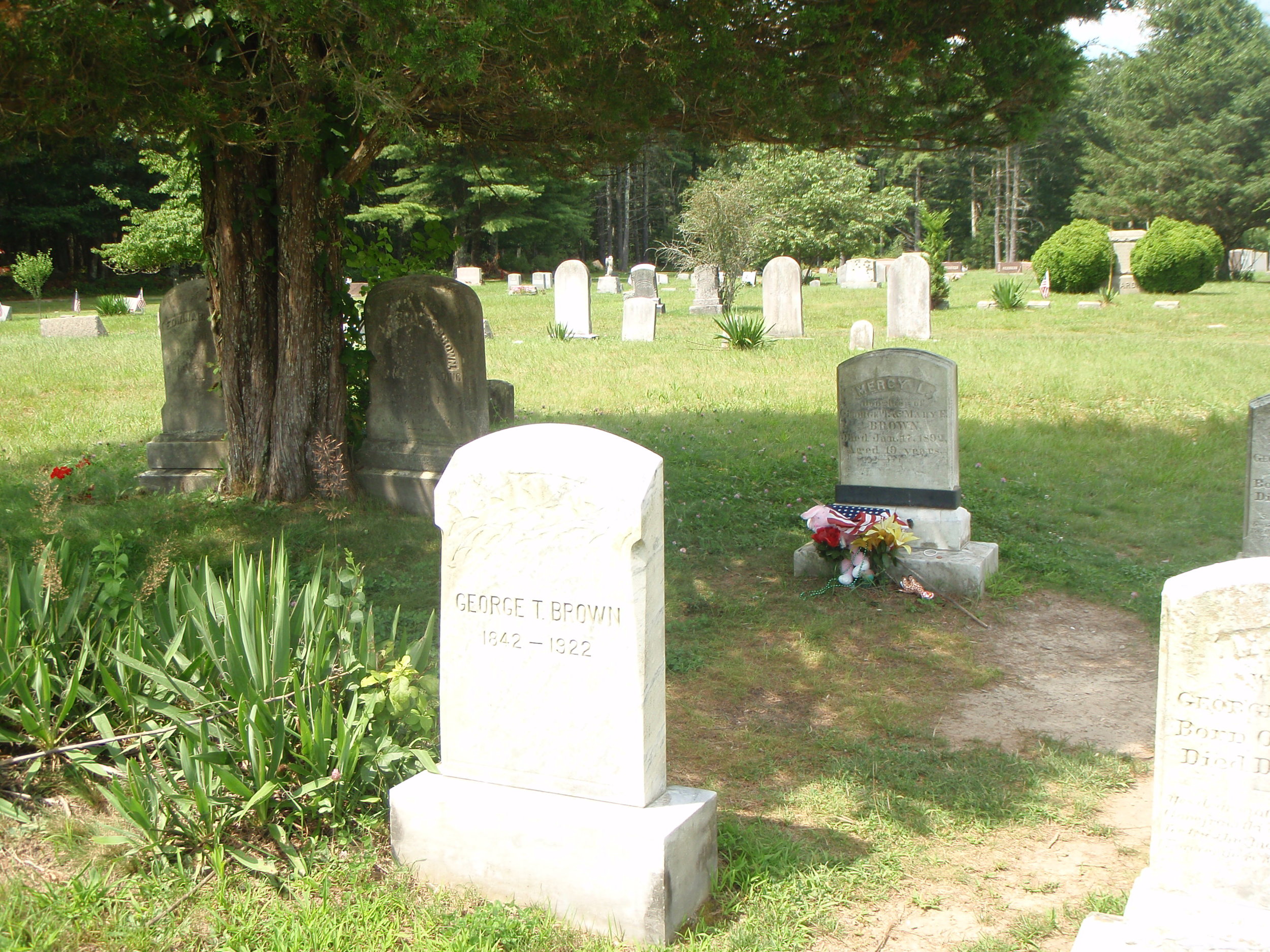Vampires of mercy


 Exeter, Rhode Island, USA: windswept and remote. As climate and vegetation go, this is about as far from Sookie Stackhouse's steamy Bon Temps, Louisiana, as it's possible for you to get.
Exeter, Rhode Island, USA: windswept and remote. As climate and vegetation go, this is about as far from Sookie Stackhouse's steamy Bon Temps, Louisiana, as it's possible for you to get.
But Exeter and Bon Temps have more than one thing in common. They are both beautiful and strange American wildernesses. In the backwaters of Exeter, you can still encounter deep forests, dirt roads, old folks playing checkers in the dust outside the corner store, and folklore that is thick with vampires, ghosts and witches. Just like Bon Temps, Exeter is a tiny rural community, where more than one family has lived for many a generation.
And the two towns have something else in common: they are both home to vampires. The key, however, is that neither Exeter nor its vampires are fictitious. To a point.
Meet Exeter local Mercy Brown. She is young, sweet, and pretty. Like many of her friends, she spends her afternoons carefully stitching together a blue, patchwork coverlet, and her evenings dreaming of being a good wife and mother.
Spent, I should say. When she was 19, Mercy contracted tuberculosis, known as the consumption. She lost weight and suffered terribly from fever and fatigue. She began coughing up blood. Poor Mercy knew what to expect, her sister and mother had already died of the same disease.
Tuberculosis ended Mercy's first life in the depth of winter, on 17 January, 1892. Her grieving father had her body placed in the crypt at the cemetery behind Chestnut Hill Baptist Church, to wait until the earth thawed before he could bury her body in the ground.
But according to the good people of Exeter, Mercy did not rest. Soon after her death, neighbours reported seeing her walking about town.
Then Mercy's brother Edwin fell ill with the same disease.
Many of the townsfolk began muttering. It was not tuberculosis but ‘vampirism’ that was killing the Brown family, they speculated. In 18th and 19th century Rhode Island, vampires preferred to kill in the family, sometimes taking the lives of one sibling after another until all were dead.
I visited Mercy on a sweltering August afternoon two years ago. Her sun-filled cemetery was bordered on both sides by centuries-old dry-stone walls, a feature of New England landscapes that dates back to the region’s pre Civil War plantations.
At first look, her grave differed from those around it only by the heavy metal brace that secured her headstone to the ground – a necessary security to protect Mercy from her myriad ‘fans’ – and the flowers and gifts that, more than a hundred years after her final passing, were a touching sign that Mercy was still remembered.
But it was only when I found the vine-covered stone crypt at the edge of the graveyard, and a small stone with a dark history nearby, that Mercy’s grisly story, made famous by a Providence Journal report in 1892, felt real.
"During the few weeks past, Mr. Brown has been besieged on all sides by a number of people who expressed implicit faith in the old theory that by some unexplained and unreasonable way in some part of the deceased relative’s body live flesh and blood might be found, which is supposed to feed upon the living who are in feeble health.
"Mr. Brown, having no confidence in the old-time theory, and also getting no encouragement from the medical fraternity, did not yield to their importunities until yesterday afternoon, when an investigation was held under the direction of Harold Metcalf, M.D., of Wickford."
Mercy's neighbours, it transpired, believed she was a vampire, feeding upon her family members. With Dr Metcalf in attendance, they removed Mercy from the crypt and cut her open.
To their horror it appeared that Mercy’s body had moved in her coffin. Moreover, her body was not as deteriorated as they expected, and she had unusual colour in her cheeks. Dr Metcalf examined Mercy’s heart and liver. Her heart, when cut open, still retained fresh, red blood.
Mercy was not the first vampire case in Rhode Island, a State which by then was rumoured to be the vampire capital of America, and the locals knew what to do. Let me prepare you, this is horrific. And true.
They cut out Mercy's heart and burned it on a nearby rock, an action they believed would prevent her from walking again.
As if that were not grisly enough, they saved the ashes of Mercy’s heart, mixed them with water, and gave them to her ailing brother Edwin to drink. Drinking the ashes of a vampire’s heart was supposed to cure their victims. Edwin died two months later.
I left Rhode Island after two weeks with more questions than I'd had at the start. I'd visited the resting places of several ‘girl-vampires’. Victims, I believe, of a society trying to confront the spread of a disease that was both selective and deadly.
But while I left with a sense of unease, there was also wonder. Rhode Island folklore can be taken both ways, just like the chilling – or loving – inscription on the 1889 tombstone of yet another of its abused vampires, Nelly Vaughn of West Greenwich, who died at 19:
“I am waiting and watching for you.”
